The Atlantic Salmon is a fish in the Salmonidae family. Its closest relatives include a number of different species of trout and char. These fish also share the Salmonidae family with several different salmon species, whitefish, and grayling. Read on to learn about the Atlantic Salmon.
Description of the Atlantic Salmon
This species does not undergo quite the same drastic changes during spawning as some other salmon species do. The coloration of the males becomes slightly more vibrant, but not to the same extent as the salmon species in the Pacific.
These fish reach quite large sizes. They typically measure about 30 in. long and weigh about 10 lbs. or so. However, exceptionally large specimens can reach much larger. The world-record holder measured 63 in. long and weighed over 100 lbs.!
Interesting Facts About the Atlantic Salmon
This species in an interesting and important fish. Learn more about what makes them unique, below.
- Anadromous – Like most salmon species, and many members of the Salmonidae family, these fish have anadromous lifecycles. The young hatch in freshwater, migrate to saltwater for their adult lives, and spawn in freshwater streams.
- Homing Instinct – The different salmon species have varying levels of homing instinct. This species in particular typically returns to the exact same stream or creek where they hatched. Researchers are not entirely sure how they accomplish this precise migration.
- Smoltification – When the young fish hatch in freshwater, they remain there for several years as they grow. When they reach about six inches long, they undergo smoltification. During this process, the young fish change color and their bodies prepare to move from fresh to salt water.
- Landlocked – Some populations of this species never leave freshwater habitats. These populations inhabit landlocked regions that have no access to salt water.
Habitat of the Atlantic Salmon
The vast majority of individuals in this species exhibit anadromous behavior. The fish hatch in freshwater habitats, and remain in creeks, streams, rivers, and estuaries as they grow.
When they reach large enough sizes, they migrate into the ocean, and inhabit coastal waterways. Some populations migrate long distances into open ocean.
Distribution of the Atlantic Salmon
You can find this species in the northern Atlantic Ocean. Their range extends from the coast of the northern United States up through Canada and to Greenland. From there, their range extends across to the coast of Europe as far north as Russia. They also range into freshwater habitats inland as well.
Diet of the Atlantic Salmon
As is the case with much of the other species in Salmonidae, this fish’s diet varies based on the age and size of the individual. The smaller fry and juvenile fish feed primarily on invertebrates. Their diet consists mostly of plankton, insect larvae, fish eggs, insects, worms, and similar prey.
Adults hunt primarily for smaller fish. Some common prey include alewives, capelin, smelt, cod, herring, mackerel, sand lance, and more.
Atlantic Salmon and Human Interaction
Humans have utilized this species for both recreational and commercial fishing for many years. Pressure from overfishing has historically pushed populations of this fish to the brink of extinction.
Though the IUCN lists this species as Least Concern, the populations of this fish have declined beyond their lowest point in recorded history.
Human activity, such as the construction of dams, overfishing, habitat destruction, and pollution, have all driven the numbers of this species into dwindling numbers. For this reason, the U.S. Fish & Wildlife Service lists this species as Endangered.
Domestication
Humans have not domesticated this species in any way.
Does the Atlantic Salmon Make a Good Pet
No, this salmon does not make a good pet. It reaches lengths much too large to comfortably house in a home aquarium.
Atlantic Salmon Care
Some aquariums keep his fish to help educate their guests about the plight of this species and the dangers of overfishing and pollution. The salmon in their collections are captive-hatched, not taken from wild stocks. They feed the species a diet of fish, squid, shrimp, and other invertebrates.
Behavior of the Atlantic Salmon
These fish have different behavior at different stages in their lives. They hatch in freshwater habitats, and live in schools as they feed and grow.
After a few years, the fish move to the ocean, and spend several years feeding at sea. When it comes time to spawn, the fish return to the creek or stream where they were born, and perish soon after breeding.
Reproduction of the Atlantic Salmon
After migrating to the streams they hatched in, or natal streams, the female fish find a suitable location to lay their eggs. She digs a shallow nest, known as a “redd,” in the gravel of the stream. Then, she lays her eggs in the nest, the male fertilizes them, and she buries them with gravel. They repeat this process several times.

![Atlantic Salmon smolts being crowded into a confined space for easy loading into distribution trucks. Atlantic Salmon smolts Photo by: Peter Steenstra, U.S. Fish and Wildlife Service Northeast Region [Public Domain]](https://animals.net/wp-content/uploads/2020/01/Atlantic-Salmon-3-650x425.jpg)
![Adult Atlantic Salmon in their holding pool before artificial spawning. Adult Atlantic Salmon, artificial spawning Photo by: Peter Steenstra, U.S. Fish and Wildlife Service Northeast Region [Public Domain]](https://animals.net/wp-content/uploads/2020/01/Atlantic-Salmon-4-650x425.jpg)
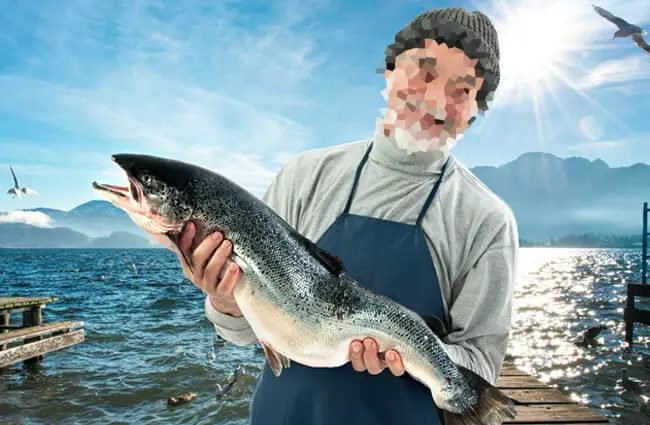
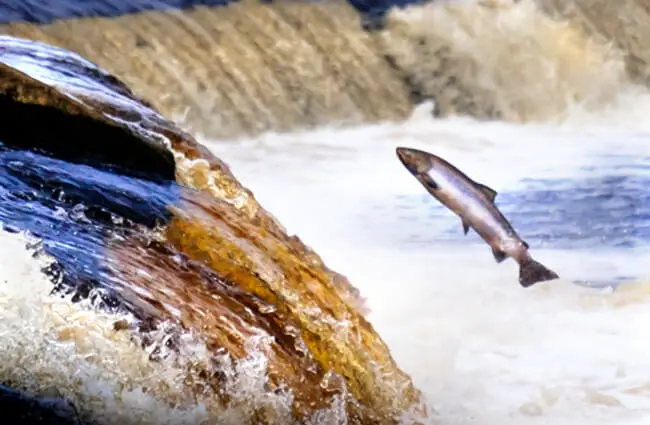
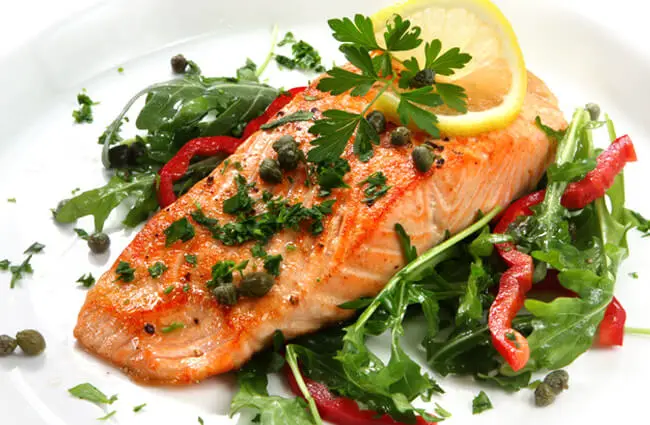
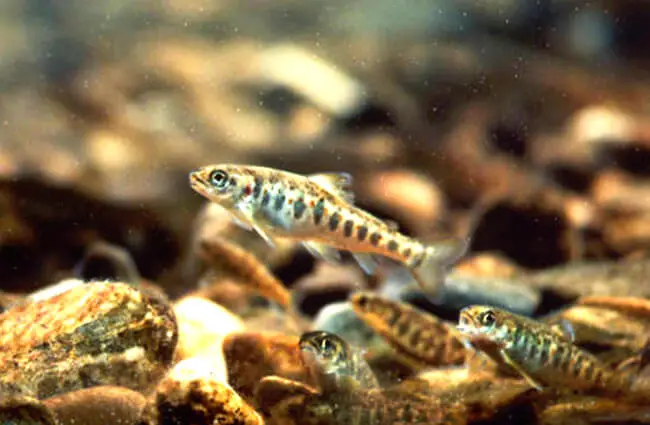
![Atlantic Salmon smolts being crowded into a confined space for easy loading into distribution trucks. Atlantic Salmon Smolts Photo By: Peter Steenstra, U.s. Fish And Wildlife Service Northeast Region [Public Domain]](https://animals.net/wp-content/uploads/2020/01/Atlantic-Salmon-3-162x141.jpg)
![Adult Atlantic Salmon in their holding pool before artificial spawning. Adult Atlantic Salmon, Artificial Spawning Photo By: Peter Steenstra, U.s. Fish And Wildlife Service Northeast Region [Public Domain]](https://animals.net/wp-content/uploads/2020/01/Atlantic-Salmon-4-162x141.jpg)
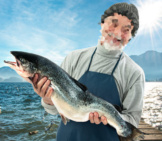
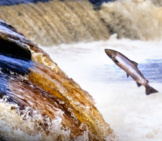
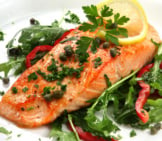
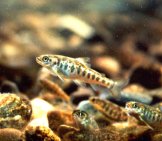
![Red Angus Closeup of a beautiful Red Angus cowPhoto by: U.S. Department of Agriculture [pubic domain]https://creativecommons.org/licenses/by/2.0/](https://animals.net/wp-content/uploads/2020/03/Red-Angus-4-238x178.jpg)
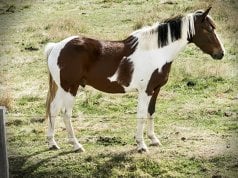
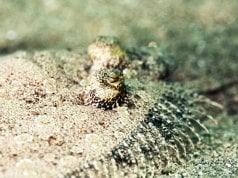
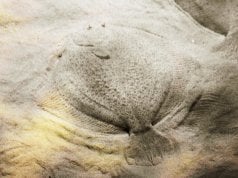
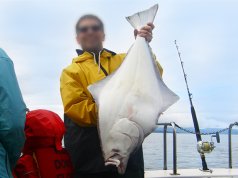
![Red Angus Closeup of a beautiful Red Angus cowPhoto by: U.S. Department of Agriculture [pubic domain]https://creativecommons.org/licenses/by/2.0/](https://animals.net/wp-content/uploads/2020/03/Red-Angus-4-100x75.jpg)

